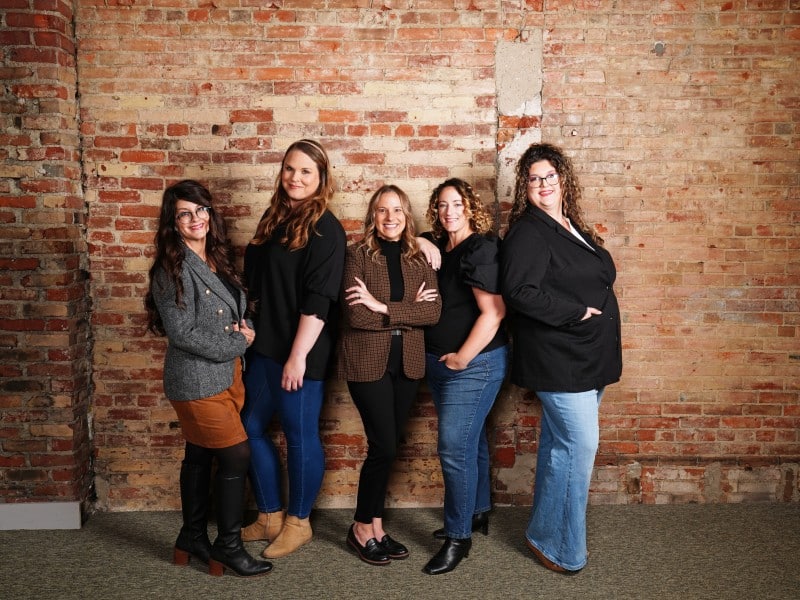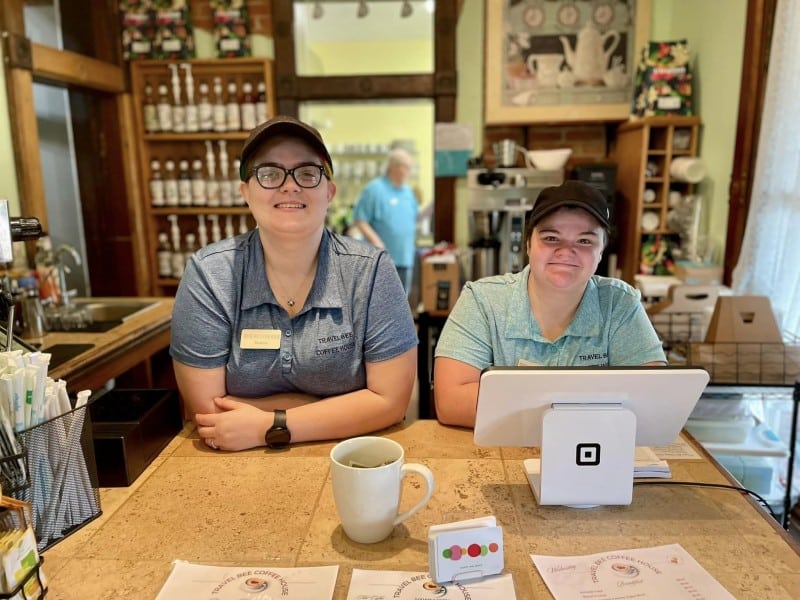Blog: Five things Fort Wayne can learn from Louisville
Wow, Louisville has a lot going on.
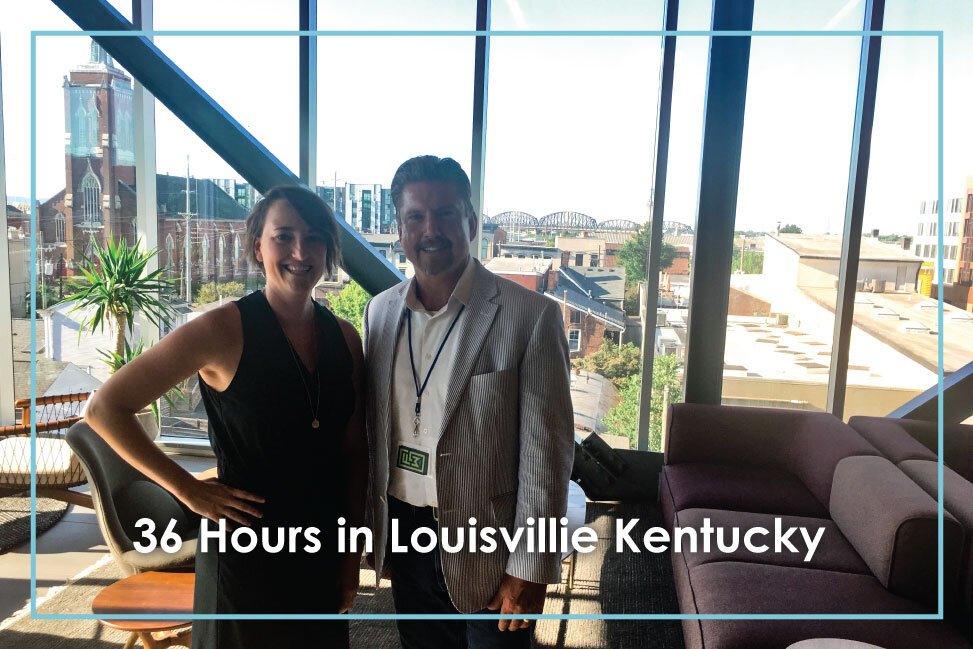
In the middle of August (and the beginning of a 5 day heatwave) is where we and 45 colleagues from Fort Wayne and Allen County found ourselves on another inter-city site visit coordinated by Greater Fort Wayne Inc. and sponsored in part by NIPSCO, AEP Indiana Michigan Power, and the Community Foundation of Greater Fort Wayne.
This time, it was an action-packed 36 hours with a laser focus on neighborhood renewal, revitalization, and revival.
While Louisville is a sprawling and growing city located on the southern banks of the Ohio River, our primary areas of concentration were nine historic neighborhoods representing nearly 60,000 residents in west Louisville.
We were joined by development partners Barry Alberts and Bill Weyland of Weyland Ventures and CITYVisions Associates who served as our tour guides. These two men have been revitalization pioneers by taking an early leap of faith investing in buildings, city blocks, and most importantly, people. Their development philosophy has been focused on community needs—mainly affordable housing of all shapes and sizes coupled with resident-friendly amenities.
Barry served as our tour guide for both days, and we really appreciated the extraordinary time he devoted to our group. He also had one of the understatements of the tour when he said: “We are a city in progress.”
Wow, Louisville has a lot going on.
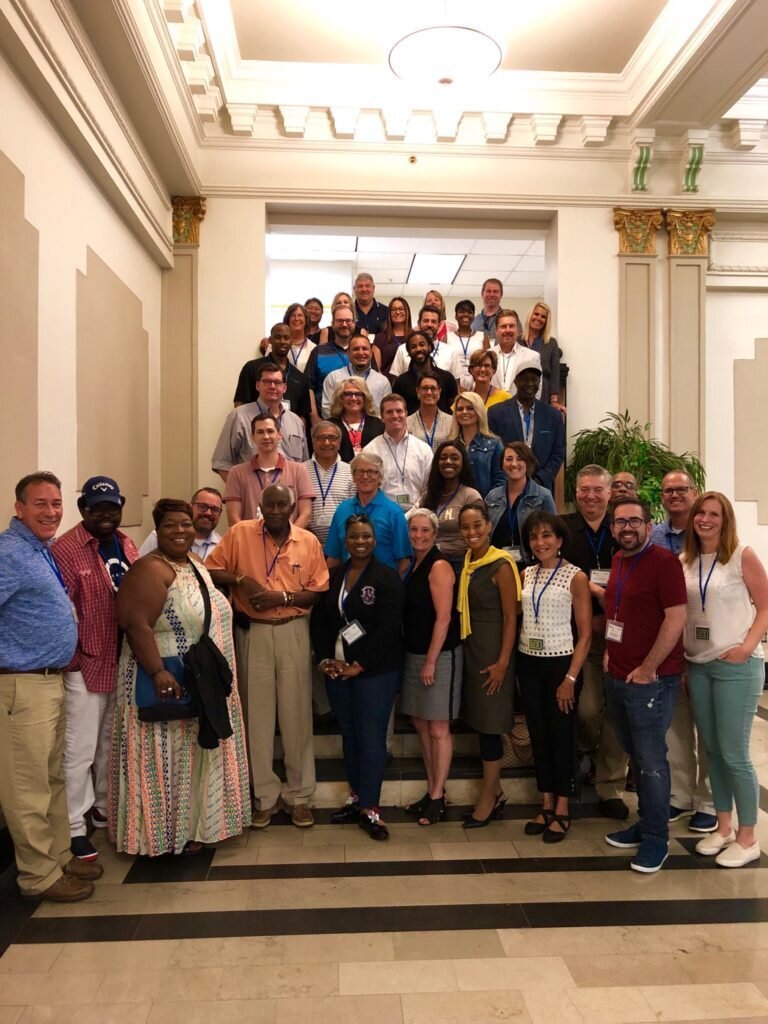
In a little more than 36 hours we:
- Were welcomed by Mary Ellen Wiederwohl, Chief of Louisville Forward during a delicious lunch in the beautifully renovated Henry Clay Building. Louisville Forward is the city’s award-winning integrated approach to economic and community development that leads to a unified solution for job growth and quality of place.
- Toured part of downtown and several neighborhoods—via a combination of bus and walking—including 4th Street Live downtown and the neighborhoods of Russell, NuLu, 18th Street Corridor, Liberty Green, Smoketown, Shelby Park, Butchertown, Germantown, Portland and Park DuValle.
- Stopped in the Russell neighborhood and spent amazing time (both days) at Chef’s Place, a kitchen incubator that serves a vital role as a neighborhood anchor. Here we met residents and investors who are actively engaged in the revitalization of the Russell neighborhood under the initiative “Russell: A Place of Promise.”
- Visited local bourbon distillery Rabbit Hole, where we heard inspiring words from 3rdTerm Mayor Greg Fischer and 2019 Chamber of the Year President & CEO Kent Oyler.
- Had breakfast at Harvest Restaurant—a local farm to table restaurant—where United Way CEO Theresa Reno-Weber shared with us their neighborhood strategy that led their team to be one of the first of five cities awarded $3 million from JPMorgan Chase’s Advancing Cities Initiative. (In our opinion, Theresa’s remarks affirmed that our Fort Wayne Forward initiative is on the right path.)
- Visited three key community anchors—Logan Street Market, where we learned Director Sarah Height is a Fort Wayne native and North Side High School graduate; Butchertown Market, where Founder & Director Andy Blieden along with his son Jake could have entertained us for hours with their remarkable stories about the market; and finally, the Portland District, where we toured the just-completed renovation of the Fine Arts building for the University of Louisville and their Master of Fine Arts Program. (The project is under the auspices of Portland Investment Initiative or PII.)
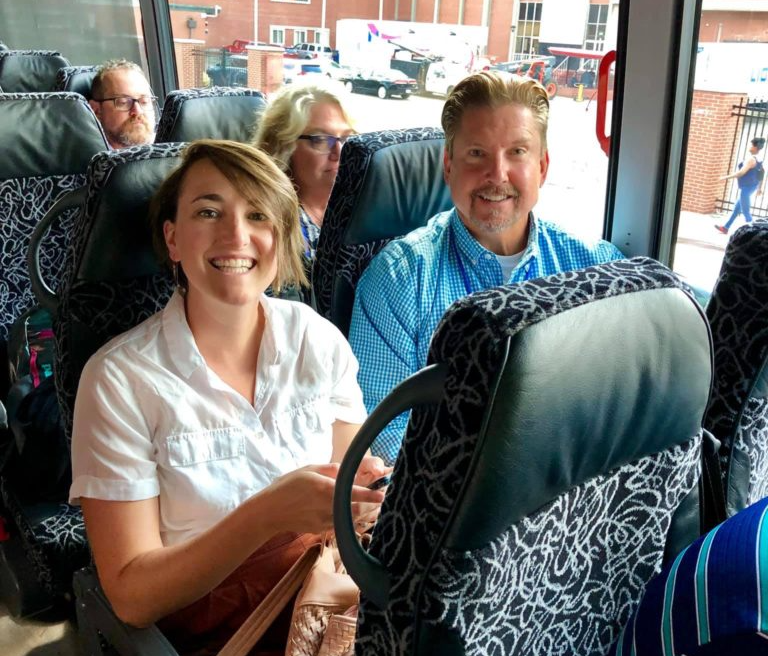
For Alison and I, there were five specific takeaways from the trip that were both inspirational and aspirational.
Here are five things Fort Wayne can learn from Louisville.
- Honesty: Right off of the bat, it was clear that Louisville is very honest about their history of racism and lack of inclusion. Everyone we heard from—from the Mayor to the neighbors in specific neighborhoods and everyone in-between—acknowledged Louisville’s sordid history with redlining and discrimination. They were honest that they didn’t get everything right the first time—and sometimes not even the second, third, and fourth times. But they’re trying. They know and acknowledge where they have been, which allows them to be honest with each other, which builds relationships and trust for everyone to move forward together.

- Collaboration and Connectivity: While collaboration has almost become clichéd, there is no better word to describe the level at which Louisvillians (as we were told they call themselves) work with each other. Everyone we heard from valued listening to others before moving forward with any projects. They were striving to make sure they were working in tandem with others who might be doing similar work and ensuring that there was no duplication of efforts. They know each other’s strengths and play to those. It was also impressive that they were very intentional. Intentional about creating personal relationships with neighbors. Intentional about how they make developments that connect to one another. And intentional about ensuring that everyone is lifted up in the process.
- Risk: In Louisville, risk was the name of the game. But not reckless risk. Everyone we heard from knew the statistics of their city. They knew that if you crossed this highway into another part of the city, that your life expectancy would drop by 12 years. They all knew the demographics they needed to lift up out of poverty so that the entire city would thrive, and that allowed them to have a laser-like focus on where they needed to make change. Then, when they did take those risks (of which there were many) they did them one house at a time. One group we heard from doing neighborhood development, Pii, spoke of starting with the “worst house on the block.” The house that no one else wanted. Because this speaks volumes to the neighbors and the rest of the neighborhood when this house that once was blighted, is now home to someone who needed a home and isn’t a danger or eyesore any longer.
- Philanthropy: When we discuss philanthropy at the Community Foundation, oftentimes we talk of it in terms of Philanthropy with a capital “P.” Philanthropy with a capital “P” is more than just charitable giving; it’s about how you are guided to help others. It’s about your time, your talent, your treasure, and how you are guided to give back. We saw this loud and clear in Louisville, and it wasn’t about the money. We spoke to numerous developers who were making investments with little return just to change neighborhoods and make people’s lives better. They were in it for the long haul, knowing that an investment they make today may not pay itself off for 10 years down the road, but knowing (with input: see collaboration and connectivity) that they were making a difference in people’s lives.
- Creativity: Louisvillians are very creative and embrace diversity of thought. They moved forward knowing that anything they want to accomplish can get done. It might be tricky, and there might be layers to it, but you can do a successful project if you just get creative. They talked about things like Performance Based Zoning when the traditional zoning policies didn’t fit the projects they needed to do. They talked about Impact Investing and layering philanthropy with investments, with a whole host of tax incentives. They talked about not just nonprofit and for-profit, but social enterprise—bakeries who were hiring victims of sex trafficking and teaching them skills needed to re-enter the workforce, while still making a product for the public and making a profit. It takes creative, out-of-the-box thinking to make new things happen within a community and the people of Louisville aren’t afraid to do that.
Our final thoughts
This summary does not do justice to all that we saw and experienced in Louisville. It is merely the highlights of the great things accomplished, underway, and in the works for these important Louisville neighborhoods.
That is why we hope you stay tuned to the Community Foundation’s blog over the next few weeks as Alison and I take a deeper dive into the lessons learned from our time in Louisville, and how we can advance Fort Wayne.
This is the first of a series on Lessons Learned from Louisville. Find the full series on the Community Foundation’s blog.

